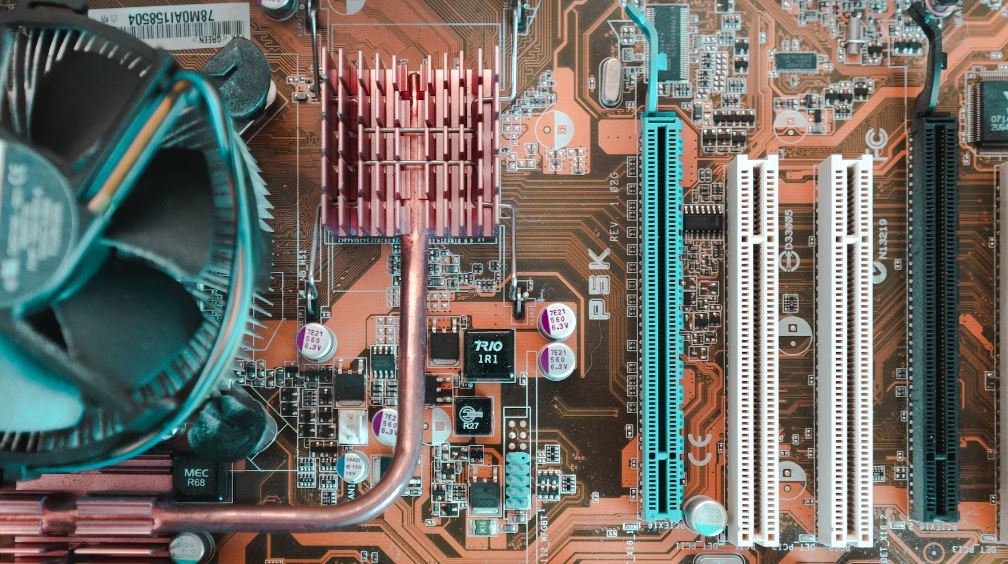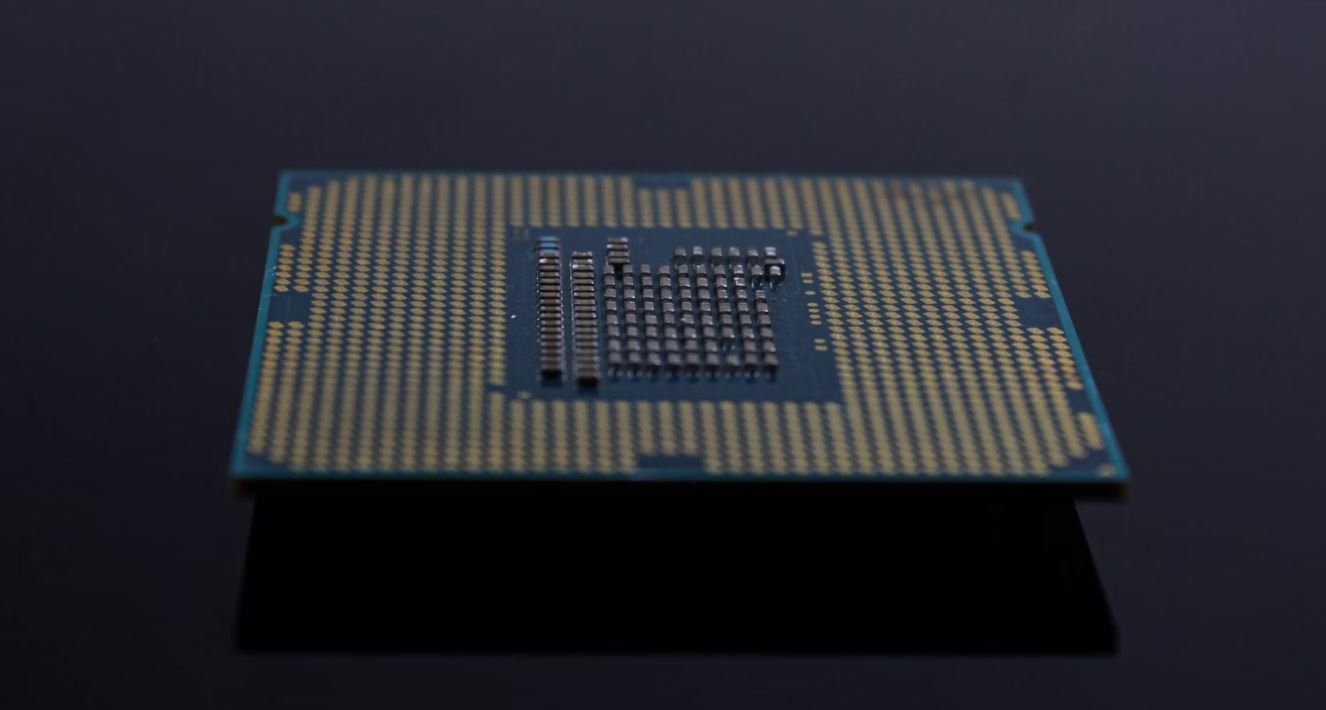Production Vs Post Production
When it comes to creating a film or video, there are two key phases that play a critical role in the overall outcome: production and post-production. While both stages are essential, they involve different processes and contribute unique elements to the final product.
Key Takeaways
- Production and post-production are two distinct phases in filmmaking.
- Production involves capturing raw footage and performances on set.
- Post-production encompasses editing, visual effects, sound design, and more.
- Both stages require careful planning and collaboration.
- Production focuses on capturing the content, while post-production focuses on refining and enhancing it.
Production
Production is the initial phase of filmmaking where the actual content is captured on set or location. This stage involves planning, organizing, and executing the activities required to shoot a film or video. It includes tasks such as casting, securing locations, setting up equipment, and capturing scenes.
In the production phase, the director, cinematographer, and crew work together to bring the script to life. They carefully consider the composition, lighting, and camera movements to create visually appealing and engaging footage. The goal is to capture the best possible performances and footage that will form the foundation of the final product.
Post Production
Post-production is the phase where all the captured footage is transformed into a cohesive and polished final product. It involves various activities such as editing, visual effects, sound design, color grading, and music composition.
During post-production, the editor works closely with the director to shape the story by selecting the best takes, arranging the scenes, and ensuring a smooth flow. Visual effects artists add enhancements and CGI to bring the imagination to life, while sound designers create an immersive auditory experience. Color grading enhances the mood and tone, and music composition adds another layer of emotion.
Comparing Production and Post Production
| Production | Post Production |
|---|---|
| Raw footage is captured. | Edit and refine the footage. |
| Focus on capturing performances and scenes. | Enhance the content through visual effects and sound design. |
| Real-time collaboration and execution. | Intensive editing process with attention to detail. |
Efficiency and Collaboration
Efficiency and collaboration are crucial in both production and post-production stages for a successful project. During production, effective planning and coordination among the crew members are essential to ensure smooth operations on set and capture the desired footage.
In post-production, the editor works closely with the director and other professionals to bring the vision to reality. This involves constant communication to ensure the editing decisions align with the director’s vision. Collaboration is key to achieve the desired final product.
Bringing it all Together
Production and post-production are integral parts of the filmmaking process, each with its own set of challenges and responsibilities. While the production stage focuses on capturing content, the post-production stage is responsible for refining and enhancing that content to create a finalized, polished product ready for distribution and consumption.
By understanding the differences and unique contributions of both phases, filmmakers can plan and execute their projects more effectively. Efficiently managing production and post-production processes leads to successful, engaging films and videos.
| Production | Post Production |
|---|---|
| Focuses on capturing content. | Focuses on refining and enhancing content. |
| Involves planning, organizing, and shooting. | Involves editing, visual effects, sound design, and more. |
| Collaboration on set with crew members. | Collaboration with director and professionals. |

Common Misconceptions
Production vs Post Production
One common misconception people have about production and post production is that they are the same thing. In reality, these two stages of the filmmaking process have distinct roles and responsibilities.
- Production focuses on capturing the content needed for a film or video project.
- Post production involves editing, adding special effects, sound design, and finalizing the project.
- Both production and post production are crucial steps in the creative process, but they serve different purposes.
Production is more important than post production
Another misconception is the belief that production is more important than post production. While both stages are essential, neglecting the post-production process can undermine the overall quality of the final product.
- Post production allows for fine-tuning and polishing of the footage captured during production.
- Post production enhances the storytelling, creates a cohesive narrative, and adds visual effects.
- Post production is also responsible for audio enhancements, such as sound mixing and score composition.
Post production can fix every filming mistake
Contrary to popular belief, post production cannot magically fix all filming mistakes. While post production offers various tools to address certain issues, it is always best to capture the footage correctly during production.
- Post production can fix minor issues like color correction or adjusting exposure, but major errors cannot be easily rectified.
- Adding missing elements, removing unwanted objects, or altering the overall scene composition can be challenging in post production.
- Investing time in pre-production and capturing high-quality footage will ultimately minimize the need for extensive post production corrections.
Post production is only about editing
Some people wrongly assume that post production is solely about editing. While editing is a significant aspect of the post-production process, it encompasses a wide range of tasks beyond just cutting and arranging footage.
- Post production also involves tasks like color grading, adding visual effects, and creating motion graphics.
- Sound design, including dialogue editing, sound effects, and music composition, is integral to post production.
- The overall aim of post production is to enhance the visual and auditory elements of a film or video project, not just edit the footage together.
Post production is less time-consuming than production
Lastly, there is a misconception that post production requires less time compared to production. However, the reality is that post production can often be a lengthy and intricate process that demands attention to detail.
- Editing alone can take a significant amount of time, especially when dealing with large amounts of footage.
- Post production for visual effects or animation-intensive projects can require extensive time and specialized skills.
- Additionally, sound design and mixing, color grading, and other post-production tasks need meticulous consideration, leading to a longer timeline than anticipated.

Production Budget Comparison
Below is a comparison of the production budgets for two popular movies. The budget includes all costs related to the actual filming, such as location fees, equipment rental, and salaries for the cast and crew.
| Movie | Production Budget (in millions) |
|---|---|
| The Avengers | 220 |
| Jurassic Park | 63 |
Post Production Timeline
This table outlines the timeline of post-production activities for a feature film. Post-production includes activities such as editing, visual effects, and sound design.
| Activity | Duration |
|---|---|
| Editing | 6 weeks |
| Visual Effects | 3 months |
| Color Grading | 2 weeks |
| Sound Design | 1 month |
Global Film Production
This table showcases the top five countries in terms of film production in 2020. It provides insight into the global landscape of filmmaking.
| Country | Number of Films Produced |
|---|---|
| United States | 800 |
| India | 1,500 |
| China | 800 |
| United Kingdom | 400 |
| France | 300 |
Post Production Costs Breakdown
Explore the breakdown of costs during the post-production phase of a film production. It highlights the allocation of funds in different areas.
| Cost Item | Percentage of Budget |
|---|---|
| Editing | 30% |
| Visual Effects | 20% |
| Color Grading | 10% |
| Sound Design | 15% |
| Music Composition | 10% |
| Marketing Materials | 15% |
Production Equipment Comparison
Compare the different types of equipment utilized in film production and post-production for two movies.
| Movie | Production Equipment | Post-Production Equipment |
|---|---|---|
| The Batman | Arri Alexa LF, Steadicam, Crane | Avid Media Composer, Adobe After Effects |
| La La Land | Red Epic Dragon, Technocrane | Final Cut Pro X, Pro Tools |
Post Production Team
Get to know the core members of a post-production team and their contributions to the filmmaking process.
| Team Member | Role | Responsibilities |
|---|---|---|
| Film Editor | Editing | Trimming footage, assembling scenes |
| Visual Effects Artist | Visual Effects | Creating CGI elements, compositing |
| Colorist | Color Grading | Applying visual tone, enhancing colors |
| Sound Designer | Sound Design | Mixing dialogue, creating sound effects |
Box Office Revenue
Explore the box office revenue for two movies, indicating the total worldwide earnings and opening weekend figures.
| Movie | Worldwide Box Office Revenue (in millions) | Opening Weekend Box Office Revenue (in millions) |
|---|---|---|
| Avengers: Endgame | 2,798 | 357 |
| Joker | 1,074 | 96 |
Post Production Software Market Share
Discover the market share of leading post-production software providers in the industry.
| Software Provider | Market Share |
|---|---|
| Adobe | 30% |
| Avid | 20% |
| Blackmagic Design | 15% |
| Apple | 10% |
| Autodesk | 5% |
Distribution Channels
Explore the distribution channels used by film production companies to release their movies to the audience.
| Distribution Channel | Examples |
|---|---|
| Theatrical Release | Cinema chains, film festivals |
| Home Video | DVD, Blu-ray, streaming services |
| Television | Broadcast networks, cable channels |
| Online Platforms | Netflix, Amazon Prime Video |
| Video on Demand | iTunes, Google Play |
In the ever-evolving world of filmmaking, the production and post-production processes play crucial roles in bringing a movie to life. The production stage revolves around filming and capturing the necessary footage, while post-production focuses on refining the content and adding the finishing touches. The tables provided offer insights into various aspects of these phases: from budget comparisons and equipment usage to box office revenue and global film production statistics.
Understanding the intricate details of production and post-production allows filmmakers and enthusiasts to appreciate the complexity involved and make informed decisions in their pursuit of creating captivating and successful movies.
Frequently Asked Questions
What is the main difference between production and post-production?
Production refers to the stage where the actual filming or recording of a project takes place. It involves the capture of raw footage or audio. Post-production, on the other hand, is the subsequent stage where the raw materials are edited, processed, and enhanced to create the final product.
What are the key responsibilities in the production stage?
In the production stage, tasks include planning and coordinating the shoot, managing the cast and crew, setting up equipment, directing performances, and capturing high-quality footage or audio.
What are the primary tasks involved in post-production?
Post-production tasks include video or audio editing, color grading, adding visual effects or animation, sound mixing, adding music or voiceovers, and finalizing the project for distribution.
Can post-production fix mistakes made during production?
Post-production can certainly help fix mistakes or improve the overall quality of the raw footage. It offers the opportunity to edit out errors, adjust lighting or sound levels, and enhance the visual and audio elements to achieve the desired result.
Which software tools are commonly used in the production stage?
Commonly used software tools in the production stage include camera systems, various lenses, microphones, lighting equipment, and accessories such as tripods or stabilizers.
What are some popular software tools used in post-production?
Popular software tools used in post-production include video editing software like Adobe Premiere Pro or Final Cut Pro, audio editing software like Pro Tools or Adobe Audition, visual effects software like Adobe After Effects or Autodesk Maya, and color grading software like DaVinci Resolve.
How long does the production stage typically take?
The duration of the production stage can vary greatly depending on the scale and complexity of the project. It can range from a few hours for a simple video shoot to several months for a feature film production.
Is post-production always necessary?
Post-production is not always necessary, but it is a crucial stage in most professional productions. It allows for refining and enhancing the raw materials to create a polished final product that meets the desired creative vision and technical standards.
What skills are important for producers?
Producers need a range of skills including project management, budgeting, communication, problem-solving, team management, and a good understanding of the filmmaking process from pre-production to distribution.
What skills are important for post-production professionals?
Post-production professionals should have expertise in video or audio editing software, color grading, visual effects, sound mixing, attention to detail, creativity, and the ability to work collaboratively in a team.




